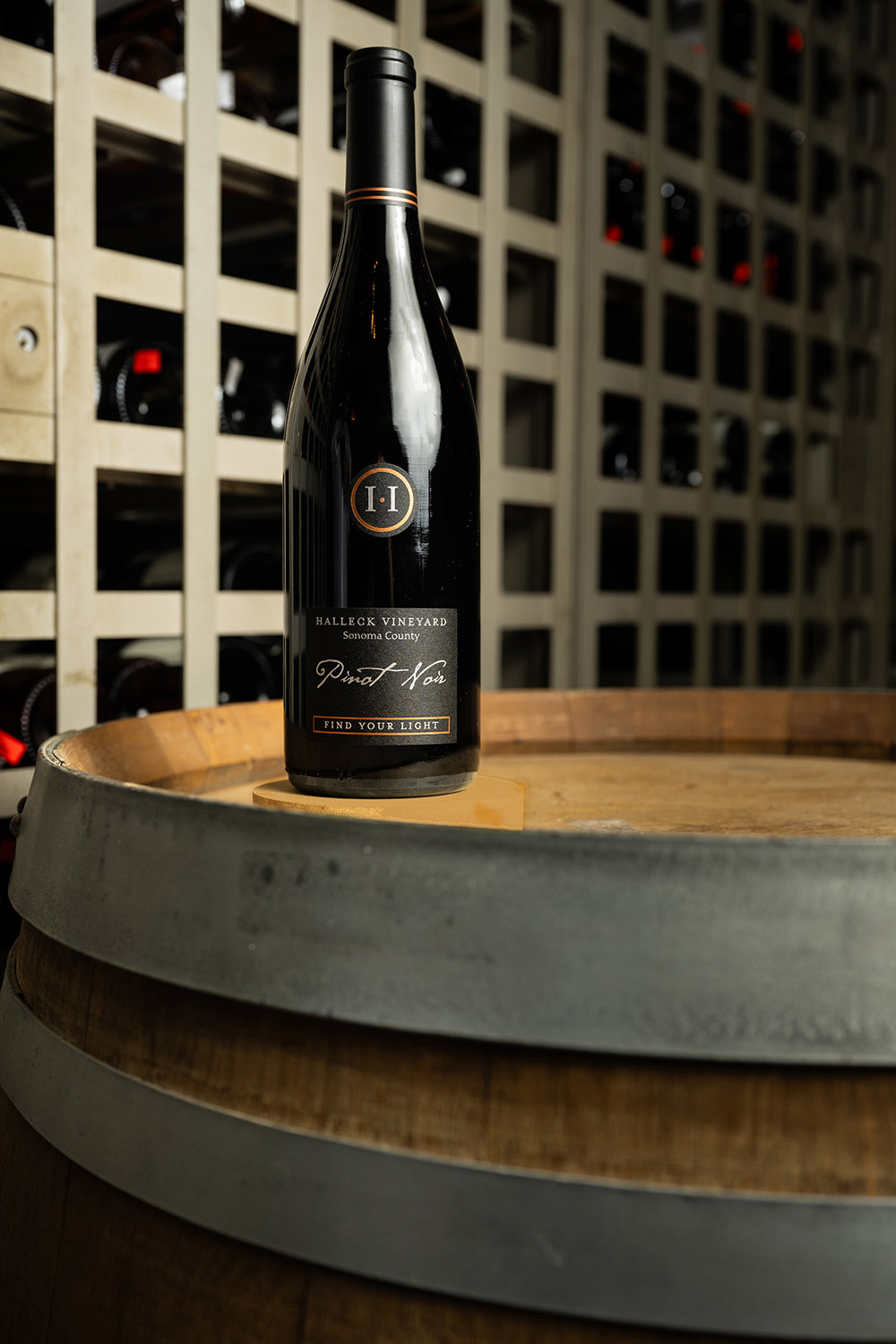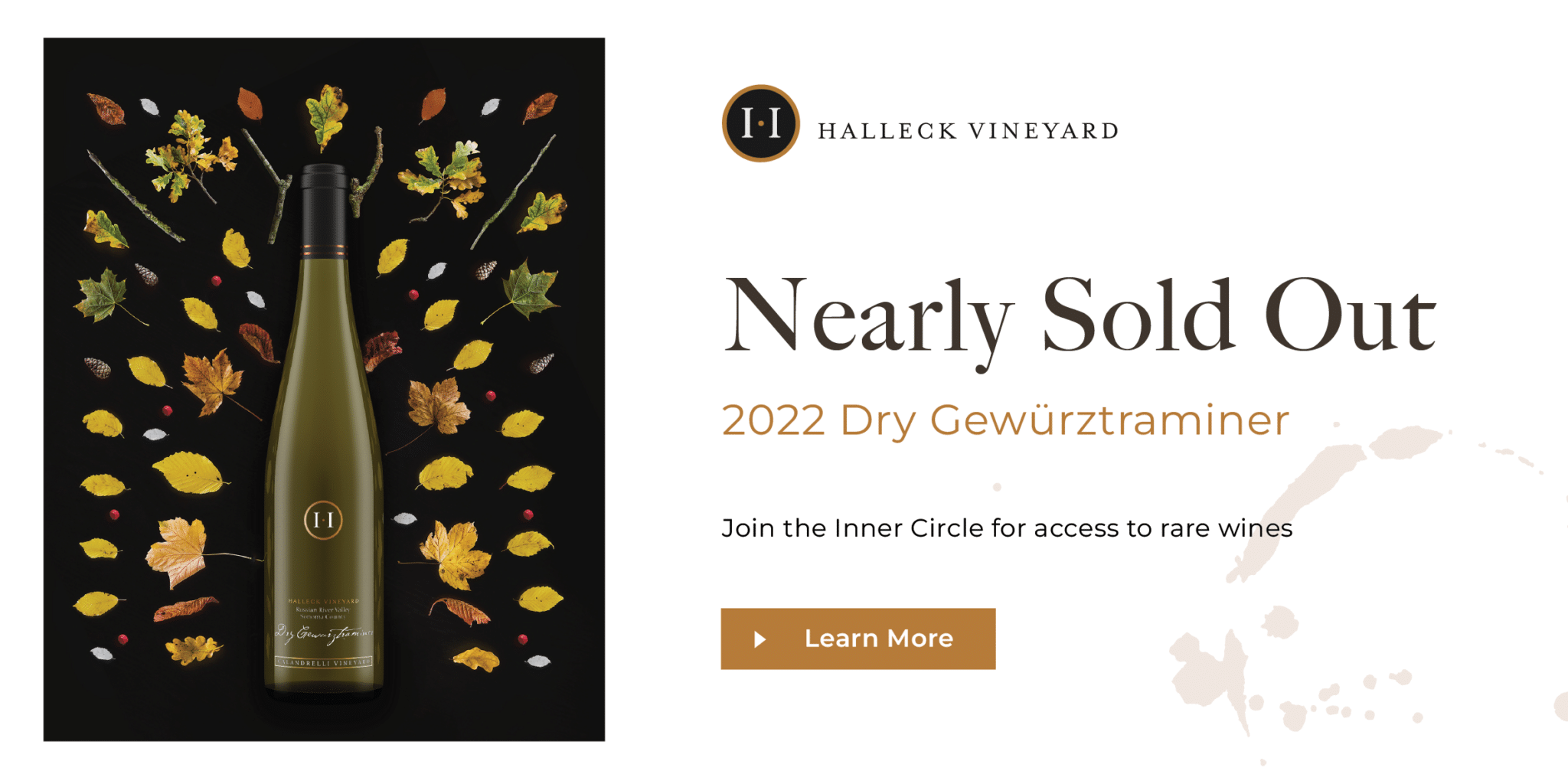Wine Tasting Events In Sonoma County - Sebastopol Wineries
Wine Tasting Events In Sonoma County - Sebastopol Wineries
Blog Article
Eco-Friendly Wineries In Sonoma County - Enjoying A Vineyard In Sonoma
Wine tasting is an art that requires practice and an understanding of various elements concerned within the course of. One essential component of wine tasting is the event and interpretation of tasting notes, which function a guide for each novices and seasoned connoisseurs. A Guide To Understanding Winery Wine Tasting Notes can improve your wine-tasting experience, making it extra significant and enjoyable.

Tasting notes are concise descriptions that seize the essence of a wine’s flavors, aromas, and total character. Usually composed by professional tasters, winery tasting notes provide insights into the nuances of assorted wines. They can help wine enthusiasts perceive what to anticipate from a particular bottle. Nevertheless, tasting notes can range widely in style and element primarily based on the writer's experience and palate.
Wineries With Unique Varietals - Sonoma Vineyard Tours
When you first strategy a glass of wine, your senses will start to have interaction immediately. The sight, scent, and taste of the wine will converge to give you an entire experience. Tasting notes generally start with the visual evaluation, where the color of the wine is taken under consideration. Shade plays a significant position in indicating the wine’s age, grape variety, and even its flavor profile.
After assessing the visible aspect, the next step includes swirling the wine in the glass. This motion aerates the wine, permitting its aromas to awaken. Smelling the wine provides critical perception into its complexity. The initial sniff can ship a flood of scents that may embrace fruity, floral, herbal, or earthy notes. This is commonly probably the most subjective part of tasting, as individual experiences can dramatically differ.
In winery tasting notes, descriptors are sometimes categorized into main, secondary, and tertiary aromas. Major aromas usually stem from the grape selection, secondary aromas derive from fermentation processes, and tertiary aromas come up from growing older. Understanding these classes may help you respect the depth of a wine, and they additionally give you the vocabulary to precise your experience higher.
Wineries In Sebastopol - Top Sonoma Wineries To Visit
Following the olfactory encounter, your focus will shift to the taste of the wine. This is where the primary characteristics—sweetness, acidity, tannins, alcohol—come into play. Tasting notes usually element these flavors in a quantity of dimensions, including the initial assault in your palate to the lingering end on your tongue. A high-quality wine will present a harmonious balance between these factors.
Whereas tasting, it's important to contemplate the body of the wine, which could be described as light, medium, or full. The physique contributes considerably to your general impression, helping you think about how the wine pairs with food or whether or not it stands alone as a sipping wine. Balancing the body with the other traits will give you a fuller understanding of what the wine has to offer.
The finish of the wine, additionally known as the aftertaste, is another critical facet typically included in tasting notes. A lengthy, nice finish usually indicates a better quality wine, whereas a short or cloying aftertaste may counsel in any other case. Evaluating the end can provide further insight into the wine's complexity and distinction.
Understanding the context of winery tasting notes is also priceless. Tasting notes can present contextual information about the winery's location, climate, and grape-growing practices. This context provides another layer of appreciation for the wine, permitting enthusiasts to attach the sensory experience with its origins, thus enhancing the enjoyment additional.
Wineries With Unique Wine Blends - Best Wineries For Wine Tasting Sonoma Area
Many wineries provide tasting notes on their web sites or labels, often written in an approachable yet informative style. Nevertheless, not all winery tasting notes are created equal. Some could additionally be overly technical, while others might prioritize advertising aptitude over insightful analysis. Learning to navigate these notes can arm you with the data to make informed choices when deciding on wines.
Taking Part in tastings at wineries also can deepen your understanding of wine tasting notes. Interacting with knowledgeable workers can give you a extra hands-on method to exploring different wines and the language used to describe them. Spectacular Vineyard Views In Sonoma. You May have the opportunity to ask questions, interact in discussions, and potentially refine your palate in real time.
Experimentation is crucial for mastering wine tasting notes. As you pattern different wines, attempt making your own notes. Focus on describing the wine’s colour, aroma, style, and finish. Over time, you’ll develop a personal vocabulary that resonates along with your sensory experiences. Every note you create will assist refine your palate, allowing you to appreciate wines at a deeper degree.
Wineries Featuring Vineyard Tours - Sebastopol Wine Country Vineyards Adventure
In conclusion, a Guide To Understanding Winery Wine Tasting Notes offers a comprehensive framework for diving into the world of wines. It equips you with the strategies and language necessary to articulate your experiences. Whether you are a casual drinker or a dedicated aficionado, understanding and utilizing tasting notes can profoundly her response impact your wine journey. This knowledge not only enhances your enjoyment but in addition connects you deeply with the rich narratives each bottle tells. By embracing this journey, you become part of the beautiful mosaic of wine culture, the place each sip unveils a model new story ready to be discovered.
- Wine tasting notes sometimes encompass quite a lot of sensory descriptions, together with aroma, flavor, acidity, physique, and finish, allowing tasters to fully appreciate the wine's traits.
- To improve your understanding, familiarize your self with widespread wine terminology such as "tannins," "oakiness," or "terroir," which can help decipher the notes extra successfully.
- A systematic strategy to tasting involves first visually assessing the wine's color and readability, adopted by swirling to release aromas, then inhaling and describing what you experience.
- Taking notes during tasting may help determine patterns over time, improving your palate and making it easier to recall preferences for future alternatives.
- Do Not overlook the influence of food pairings; tasting notes can differ greatly when a wine is loved with complementary flavors, altering perception and enjoyment.
- Pay consideration to the wine’s vintage, as weather conditions in a given year can considerably affect the final product, adding one other layer to the tasting notes.
- Think About the winemaker's style and philosophy, which can shape the wine's profile and impression how its notes evolve with every sip.
- Practicing with completely different grape varieties can broaden your vocabulary; every type brings distinctive characteristics that can improve your ability to articulate tasting notes successfully.
- Participating with wine professionals or attending tasting events can provide valuable insights, providing a richer context for understanding personal tasting notes.
- Keep In Mind that tasting is subjective; individual preferences and experiences will form one’s interpretation of the same wine, enriching the general enjoyment of wine exploration.
What are wine tasting notes?
Wine tasting notes are descriptive comments made by tasters concerning the look, aroma, taste, and end of a wine. They present an overview of the wine's traits and may help shoppers perceive the style and high quality of the wine.
Wineries Offering Virtual Wine Tastings - Sebastopol Vineyard Visits
Why are tasting notes essential when selecting wine?
Tasting notes can guide you in selecting a wine that suits your palate. They provide insights into flavors and aromas, serving to you to match wines with food or occasions. Understanding these notes enhances your overall wine experience.
How ought to I read wine tasting notes?
(Wineries That Host Harvest Festivals)
Wineries Known For Sustainable Practices In Sonoma - Best Wineries In Sonoma For A Wine Experience
When studying wine tasting notes, pay consideration to the structure: search for descriptions of color, aroma, flavor, and finish. This will allow you to grasp the wine's profile and determine if it aligns together with your preferences.
What phrases commonly appear in wine tasting notes?
Frequent terms include "tannin" (the structure), "acidity" (the crispness), "physique" (the weight), and varied flavor descriptors like "fruity," "earthy," or "spicy." Familiarizing yourself with these terms can deepen your understanding of wine.
Wineries Known For Their Beautiful Gardens - Enjoying Wine In Sebastopol

Am I Able To create my very own tasting notes?
Yes! Writing your personal tasting notes can you can look here improve your wine tasting experience. Focus on your observations of taste, aroma, and other sensory characteristics. This personal practice can help you refine your palate over time.
How do I identify the aromas in wine tasting notes?
Wineries With Beautiful Architecture - Sonoma Wine Tasting Recommendations
To determine aromas, practice smelling a wide range of scents and associating them with wines. Swirl the wine in your glass to release its aromas, then take a moment to breathe in deeply before identifying any outstanding scents.

What is the difference between professional and private wine tasting notes?
Professional tasting notes may use more technical language and particular terminology, while personal tasting notes are subjective and mirror particular person experiences. Both are valuable for understanding and enjoying wine, however personal notes could resonate extra together with your unique tastes.
How can tasting notes enhance my wine appreciation?
Vineyard Picnic Spots In Sonoma Valley - Enjoying A Vineyard In Sonoma
Tasting notes can improve your appreciation by serving to you to know and articulate the complexities of wine. They encourage aware tasting and supply a framework for comparing completely different wines, resulting in a richer enjoyment of the beverage.
Are there any apps or instruments to assist with wine tasting notes?
Yes, there are a quantity of apps designed to help users record and organize their tasting notes. These tools usually provide options like flavor wheel guides and wine database searches, making it simpler to trace your journey via totally different wines. Report this page